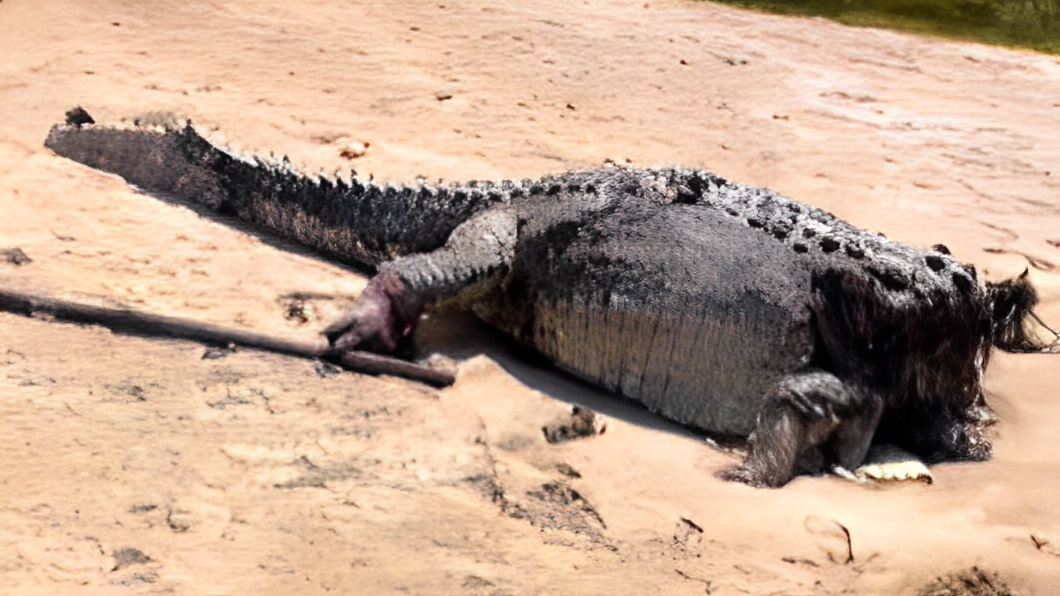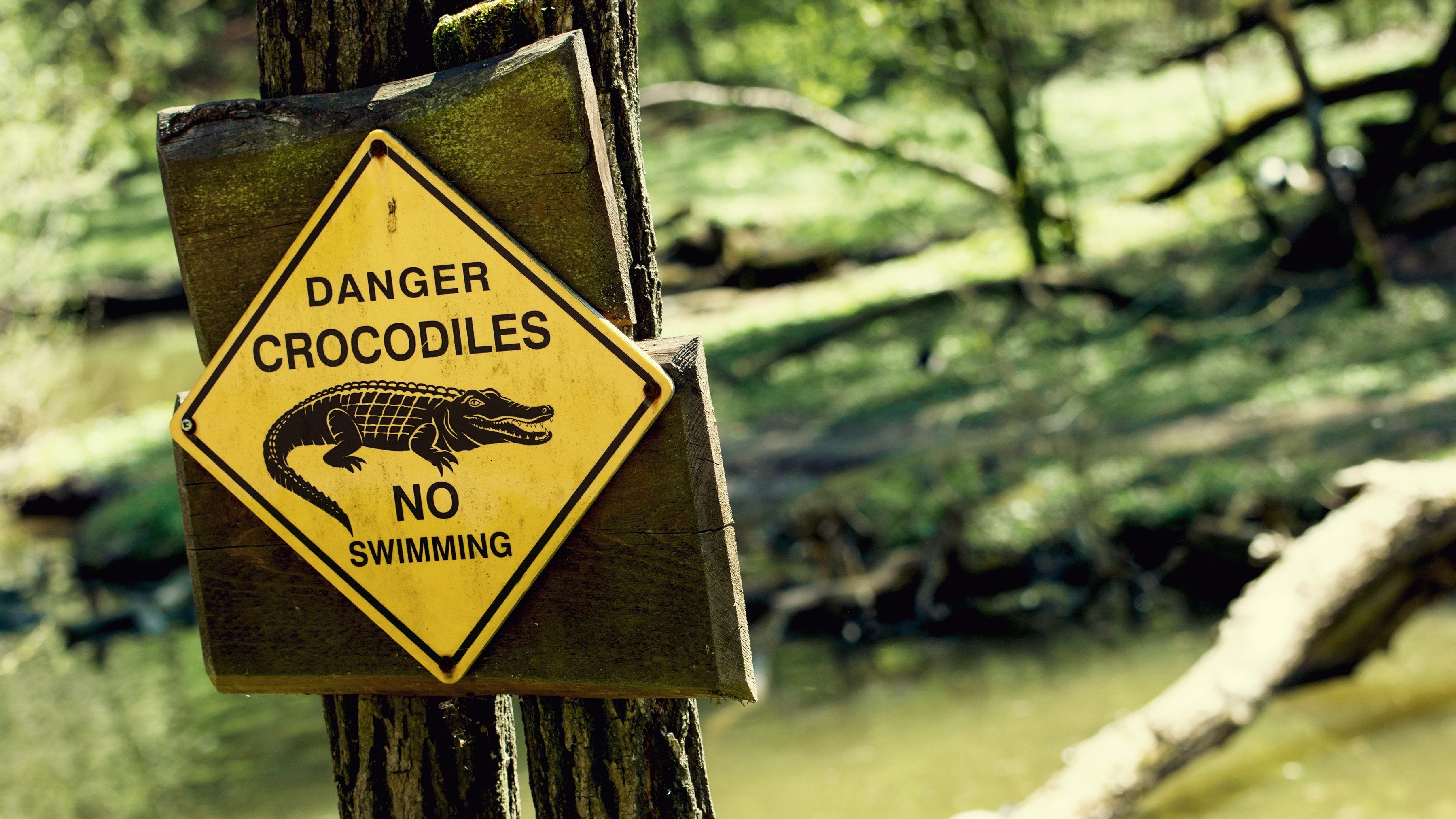
An idyllic beach in Australia turned into a nightmare scene earlier this week, when locals discovered an enormous, beheaded crocodile rotting in the sand.
Some residents think the mutilation could have been an act of vengeance following a recent spate of crocodile attacks against humans along the Queensland coast between Port Douglas and Cooktown, according to news.com.au. But it's still unclear how the 13-foot-long (4 meters; including the head) giant died, according to the Queensland Department for Environment and Science (DES).
The carcass was in such a state of decay that staff were unable to conduct a necropsy, the government agency said. "Due to the state of decomposition, it cannot be determined if there has been any human interference," the DES told Live Science in a prepared statement. "It may be that the crocodile was decapitated (pre- or post-mortem) due to natural predation."
Some locals, however, doubt that another crocodile decapitated the enormous animal and suspect that it was slaughtered in a trophy killing.
"The DES claim is absolutely ridiculous," Tom Chalmers Hayes, a crocodile photographer and conservationist who went to the scene following reports of the dead animal, told Live Science in a message on social media. "I was with the body for three hours and there is absolutely no marking to suggest a crocodile has killed this male and torn it up, very clear machete marks are on the body and around the neck area where the head has been removed."
Related: Giant 14-foot-long crocodile found with human remains in stomach
The headless crocodile was found on Cow Bay Beach, north of the Daintree River. Based on its size, the large male is considered an "icon" crocodile under Queensland's conservation laws, which means that it is more strictly protected than smaller individuals. Herpetologists estimate it was at least 30 to 40 years old and a top predator.
The loss of a gigantic male like this one could unsettle the social order of other crocodiles in the area. "As we're only beginning to understand the social system of crocodiles, it is difficult to predict how the removal of a single large male crocodile will impact the remaining crocodiles in the area," Cameron Baker, a postdoctoral researcher at Charles Darwin University in Australia who is not involved in the beheading investigation, told Live Science in an email. "However, it will likely represent a period of social unrest and change in the population as individuals try to determine where they sit in the new social hierarchy resulting from this large male's loss."
Conflict could arise between several males vying to replace the dead individual, although crocodiles may not be as territorial as scientists once thought, Baker said.

The killing could also have a ripple effect on the coastal ecosystem. "As top predators, crocodiles potentially play several crucial roles in their environment," Baker explained. "For instance, by limiting the population density and behavior of their prey species, crocodiles inadvertently enhance the survival of their prey's prey. As such, the removal of crocodiles through hunting may unintentionally alter the composition of the ecosystem, reducing its overall health and productivity."
Crocodiles in Queensland have come back from the brink of extinction since the 1970s, when hunters killed them for their skins, according to a 2020 DES report. But they are still listed as a vulnerable species by the DES under the state's Nature Conservation Act 1992.
The beheading follows three serious but non-fatal crocodile attacks on people in the area since February. The last incident occurred on April 8, when a nearly 15-foot-long (4.5 m) croc repeatedly bit a man and nearly drowned him at Archer Point, south of Cooktown. The man managed to escape by sticking his fingers in the animal's eyes.







